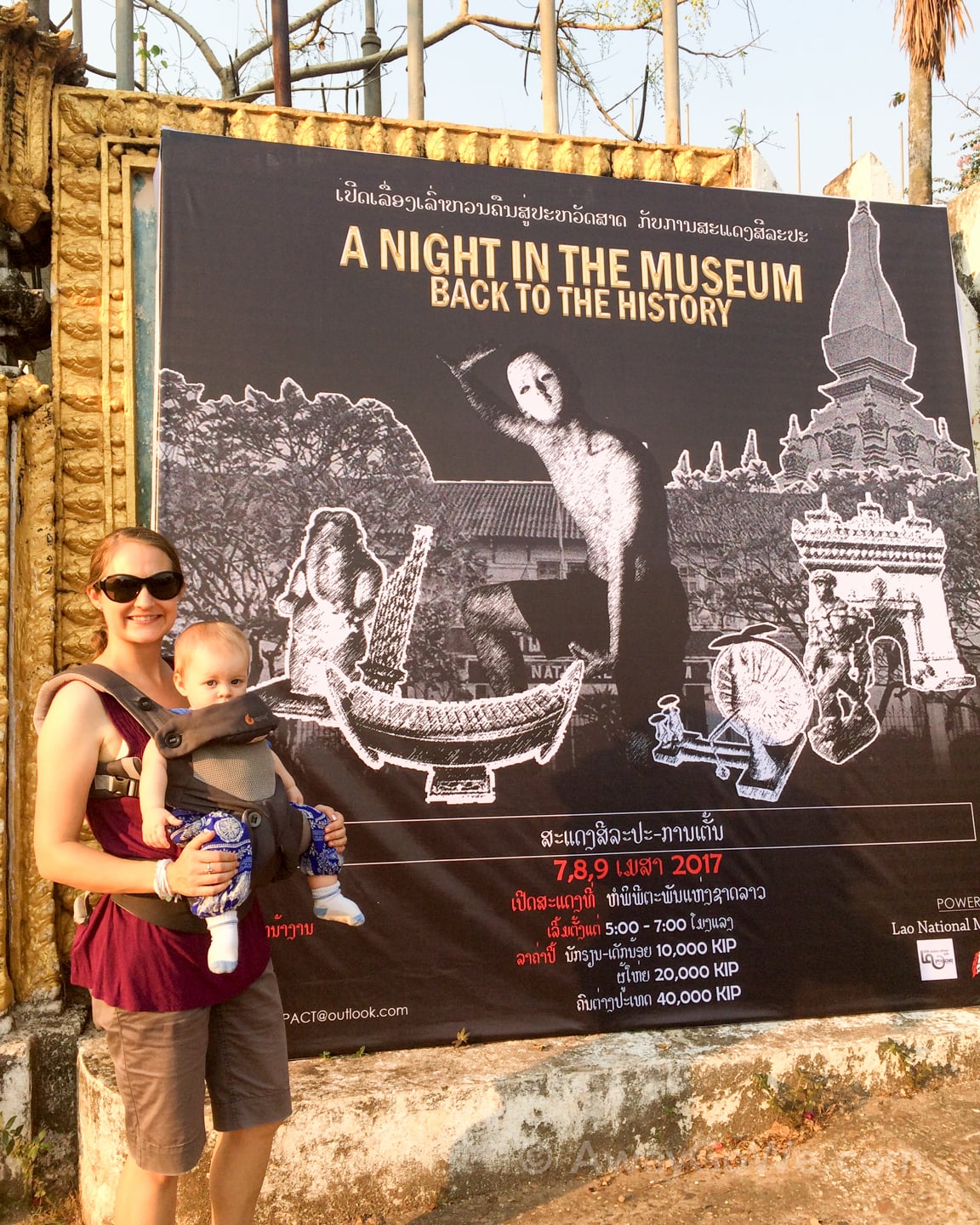
…and, an event unlike any other.
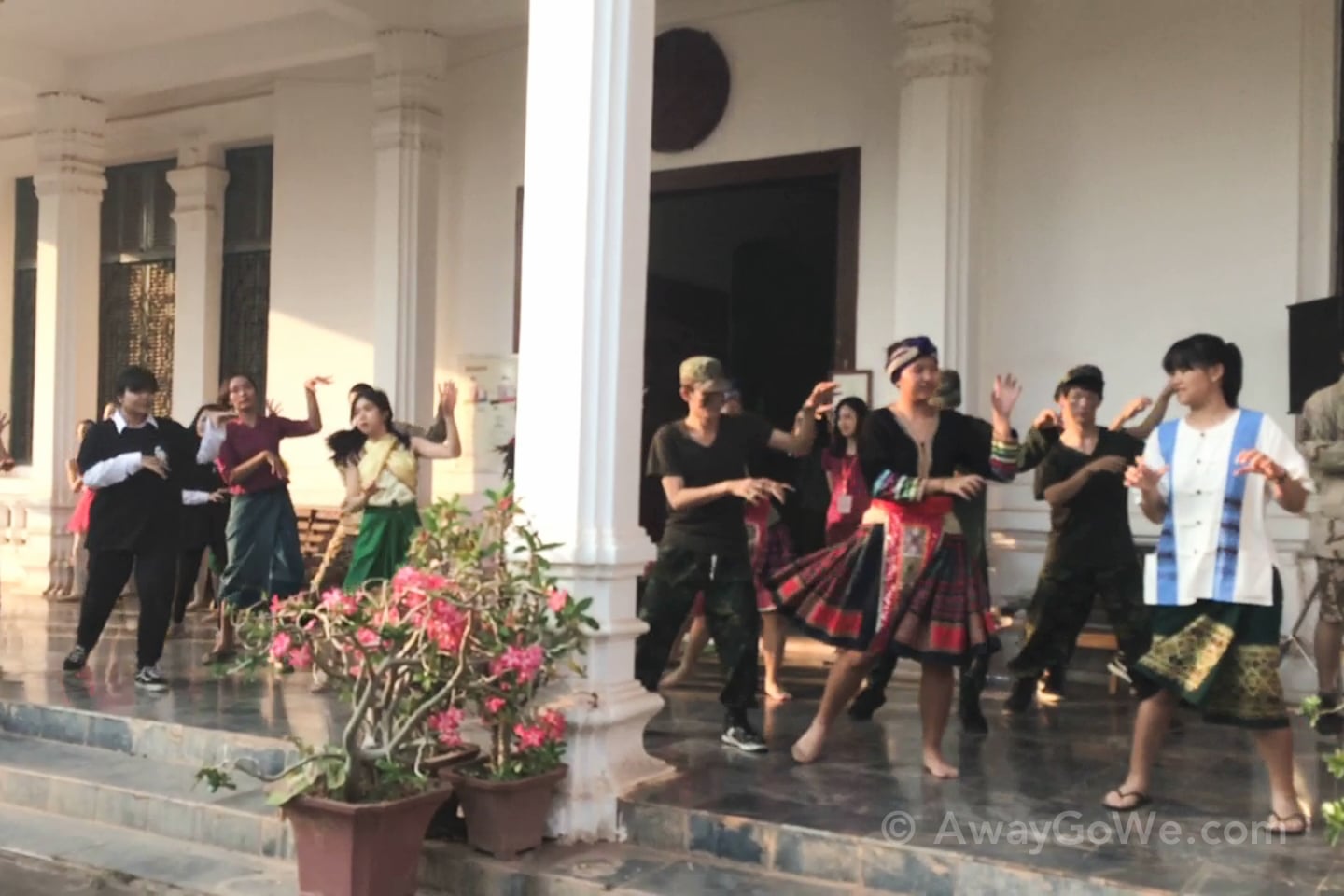
We arrived not knowing what to expect. Like many events in Vientiane, the details were minimal — but it soon became obvious that the minimalist promotion approach was intended.
We bought our tickets and gathered in front of the old French governor’s residence (which was converted into the national museum following the revolution in 1975) waiting for the main doors to open. We initially thought they were simply running behind (not uncommon here), but instead, we were about to be treated to an expertly choreographed and executed dance to Michael Jackson’s ‘Thriller’ performed by local dancers wearing attire from various periods of Lao history.
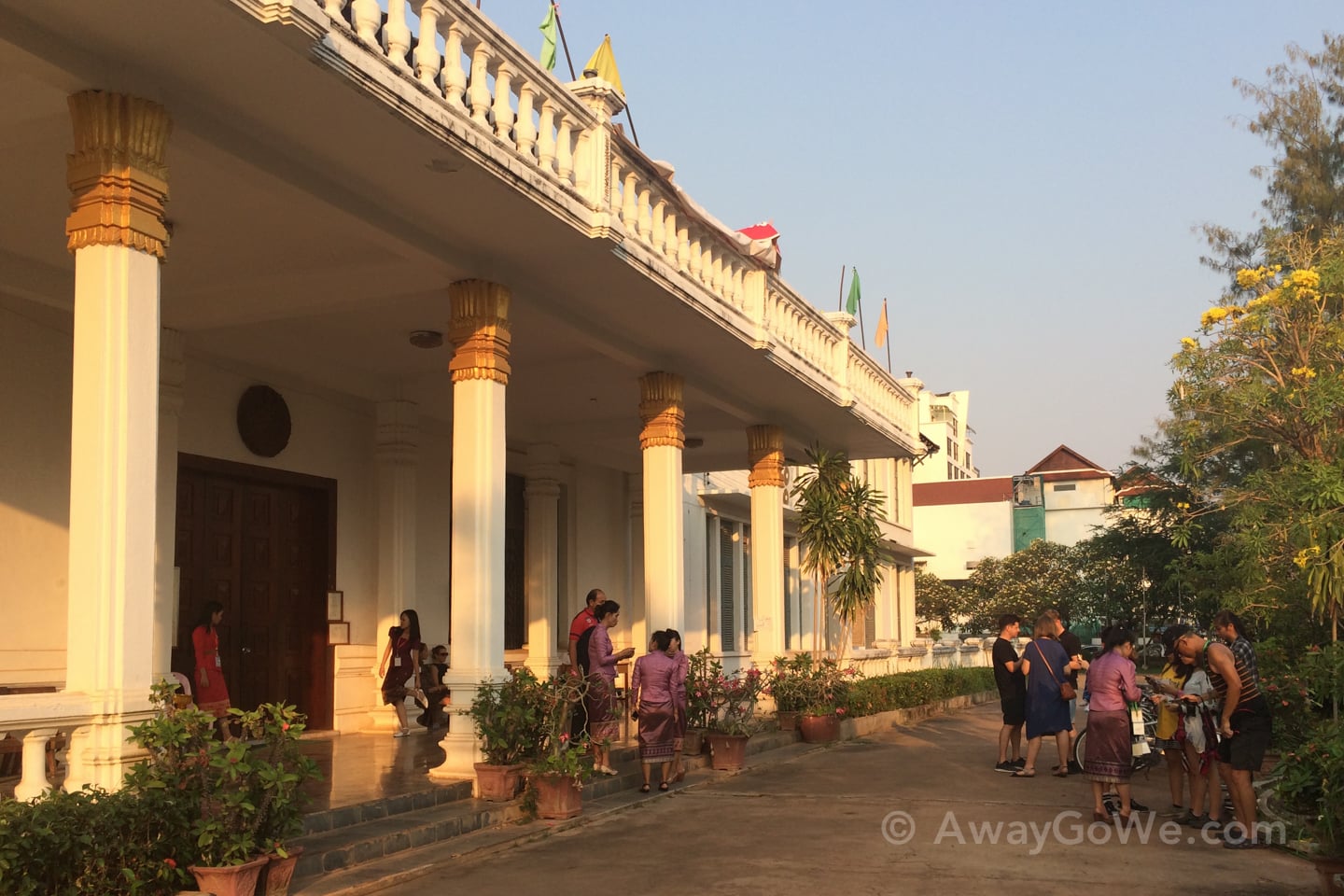
Then, they divided us into groups of twenty (this being Vientiane, there were just enough for two groups when we arrived) and took us through a guided tour of the museum. This, however, was unlike any museum tour I’ve ever been on.
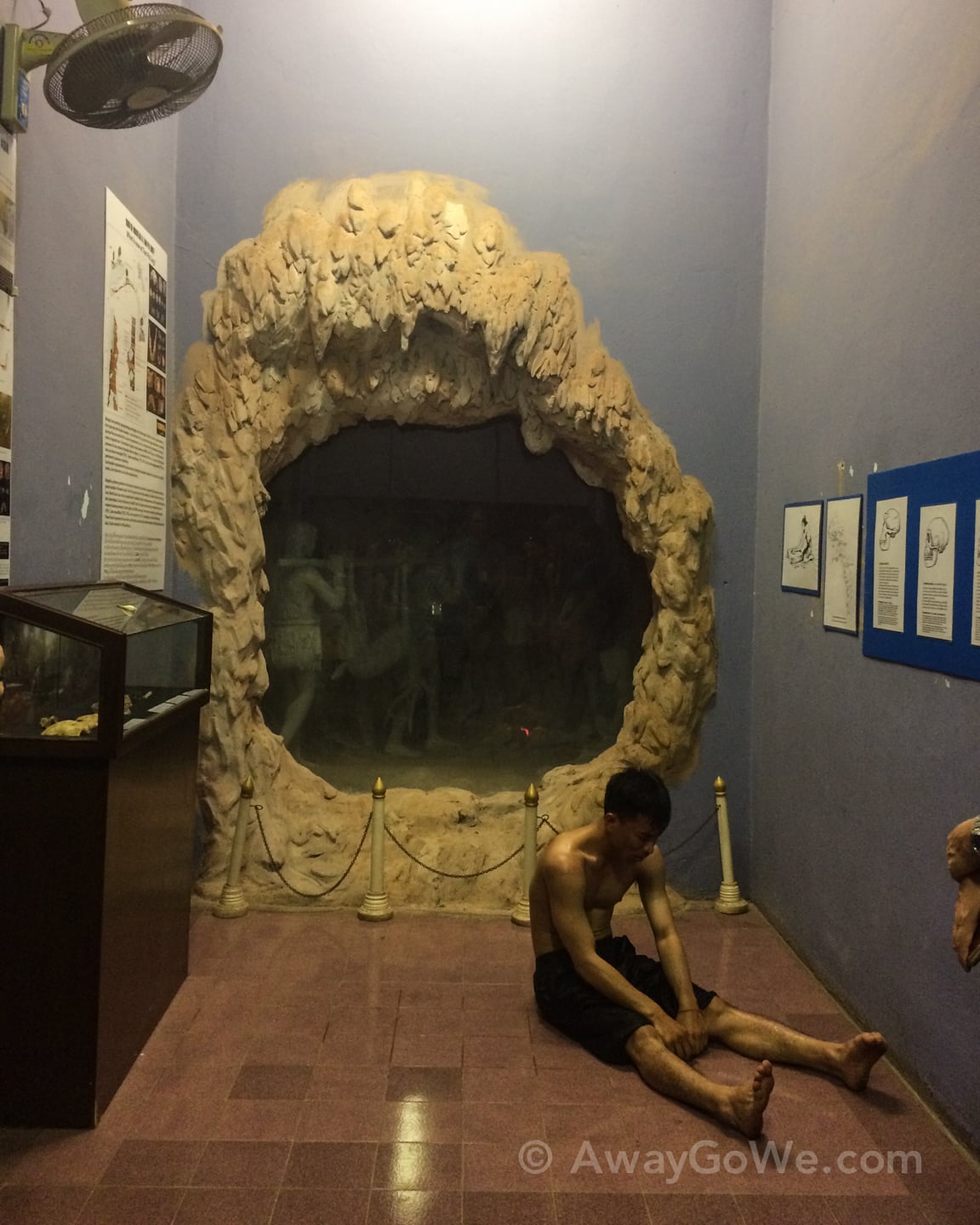
We began in prehistoric times with one single, solitary ‘caveman’ who struggles to reach fruit from a tree. Now upright, he joins his friend who communicate through interpretive dance and pantomime (to contemporary Laotian dance hall music) the early history of what is now Laos…
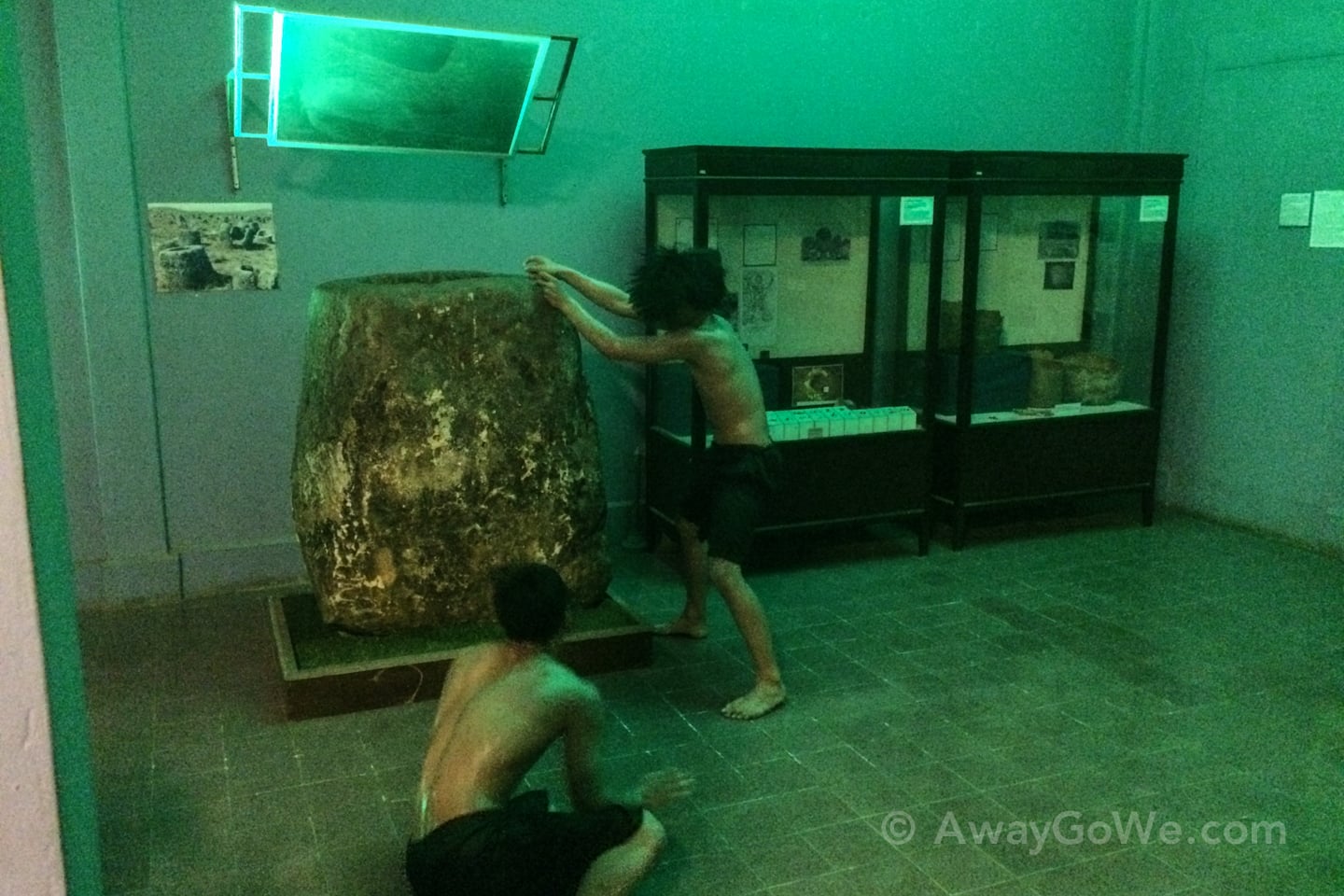
…but not without some breakdancing moves thrown in for good measure — in the middle of the National Museum. Very cool.
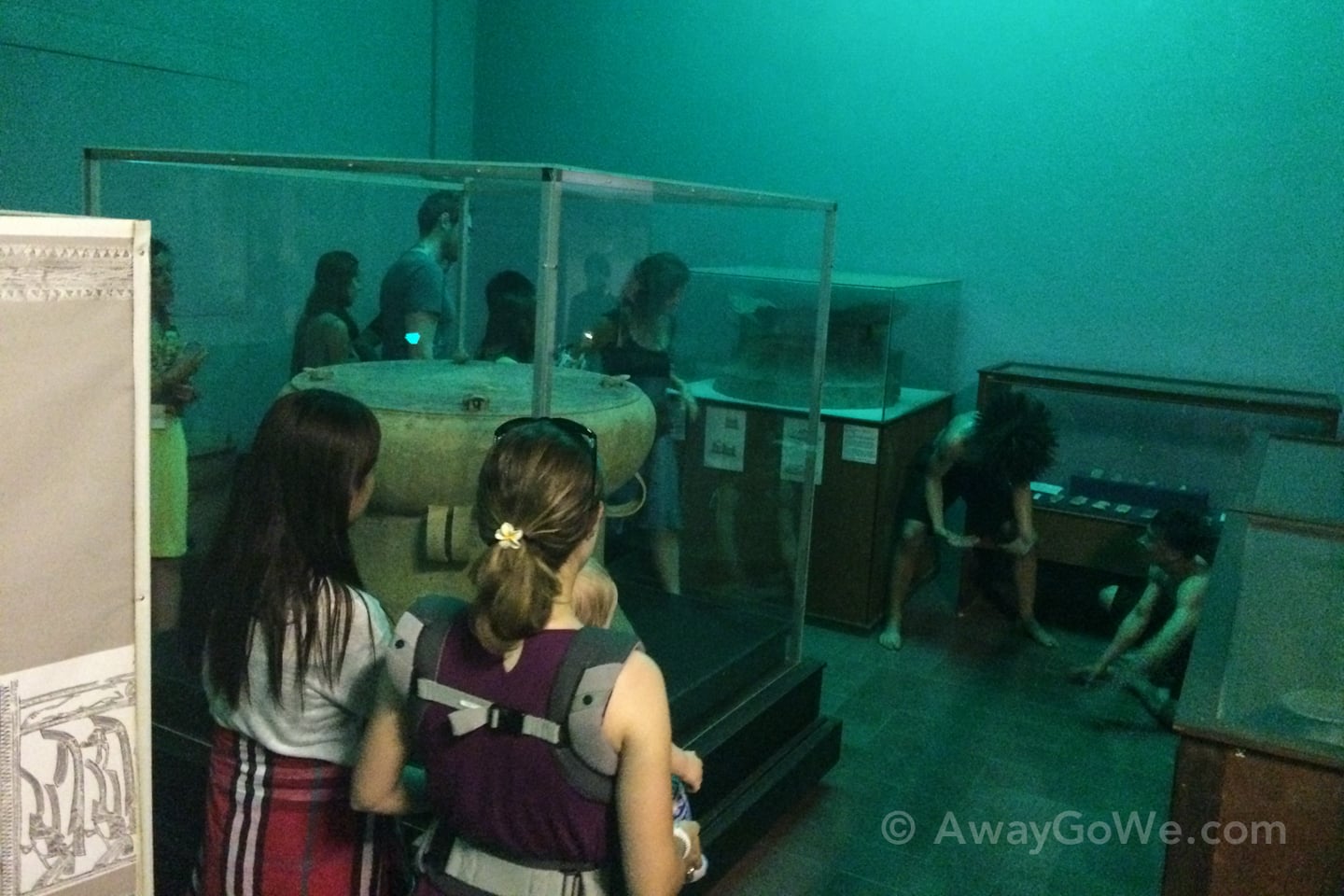
Noe was quite taken by the whole thing, as you might expect. We weren’t sure how a museum event would go over with the little guy, but this wasn’t an ordinary museum event.
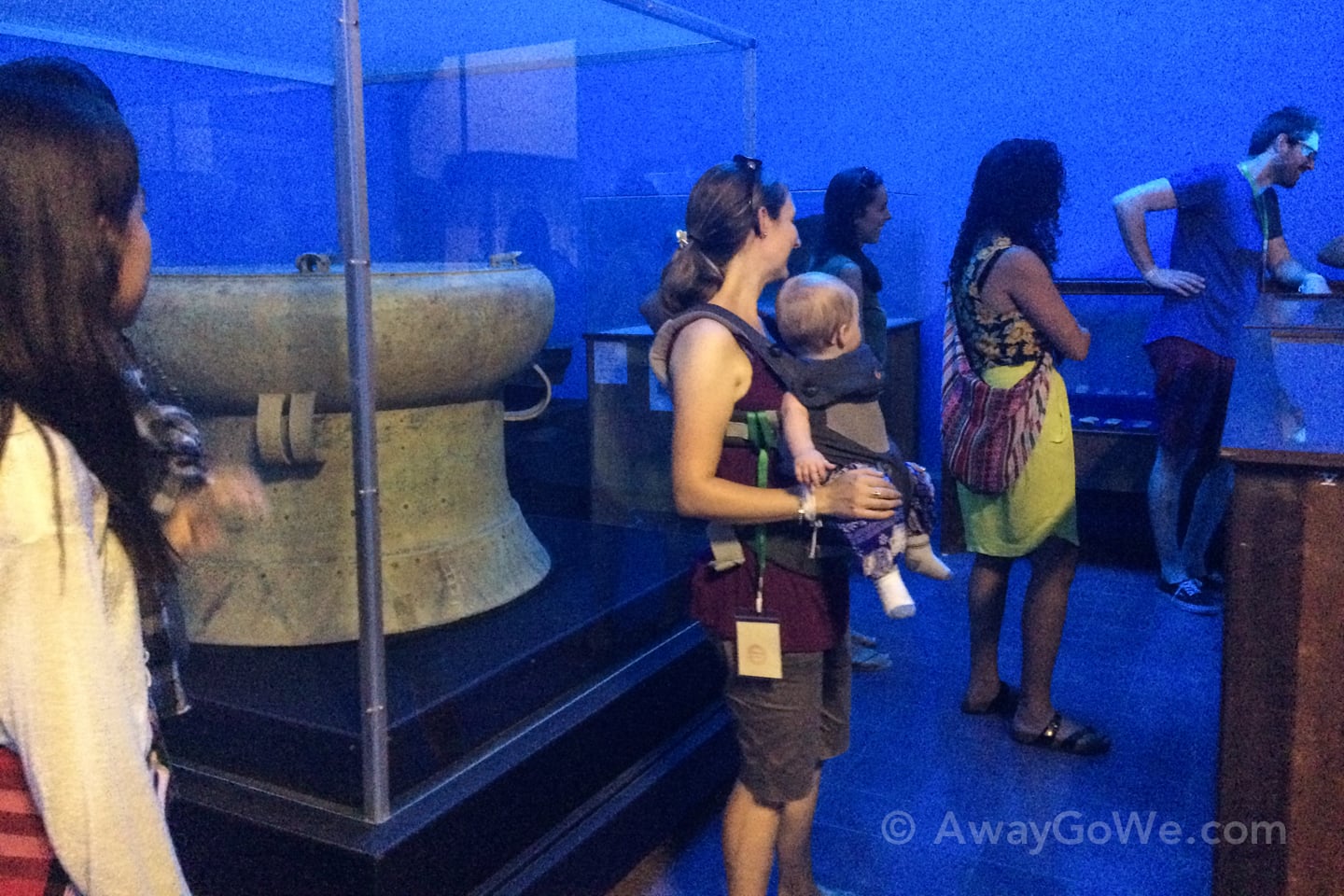
Next up, the cavemen lead us into the next room featuring the early civilization — and at the heart of it, traditional Lao dancers.
All the dancers we encountered were superb — not just museum staff dressed up and dancing, but professional-level stuff. Each section had its own sound system and light treatment. It was apparent someone had gone to a lot of painstaking effort to pull this off. The event ran for three nights for two hours each night.
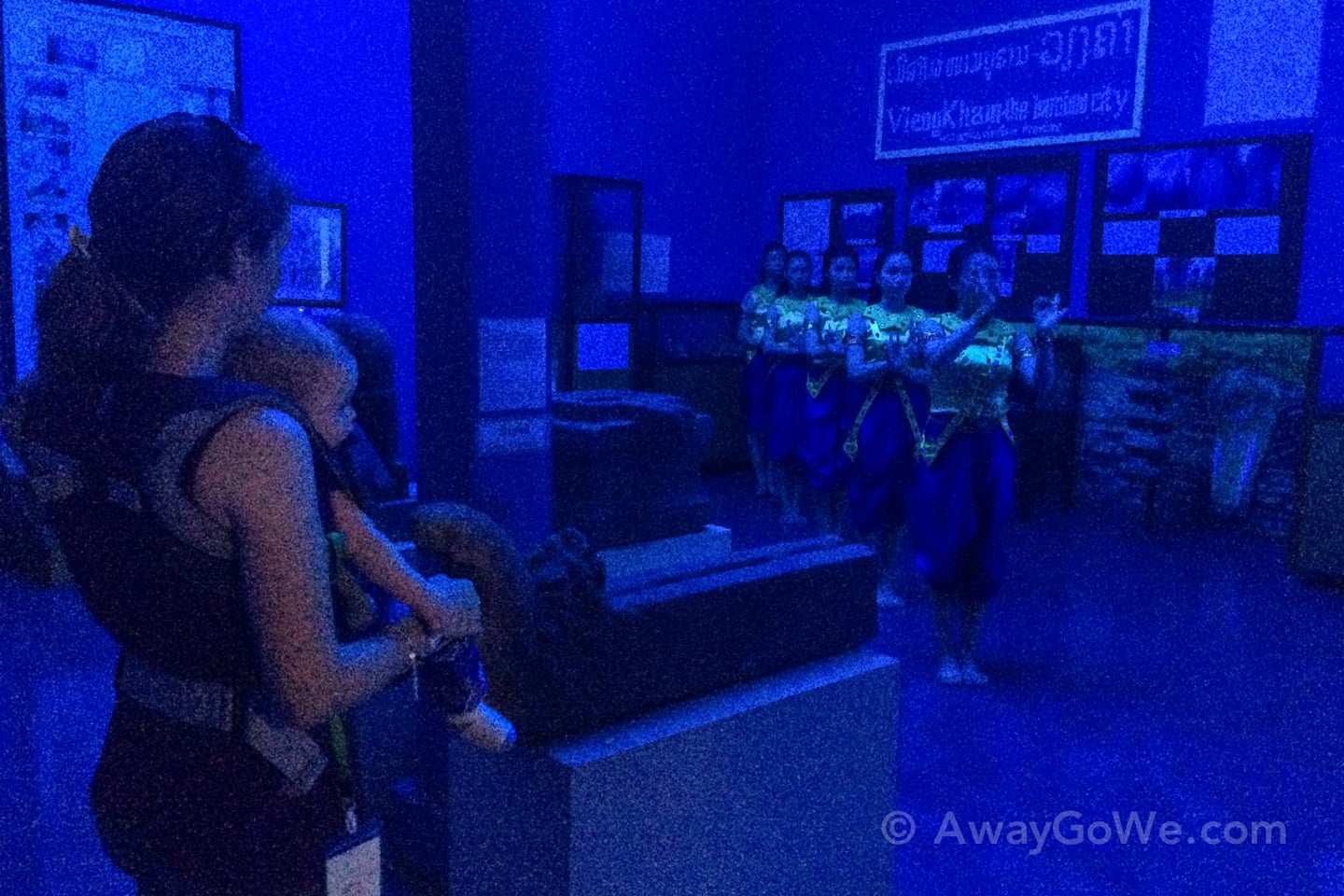
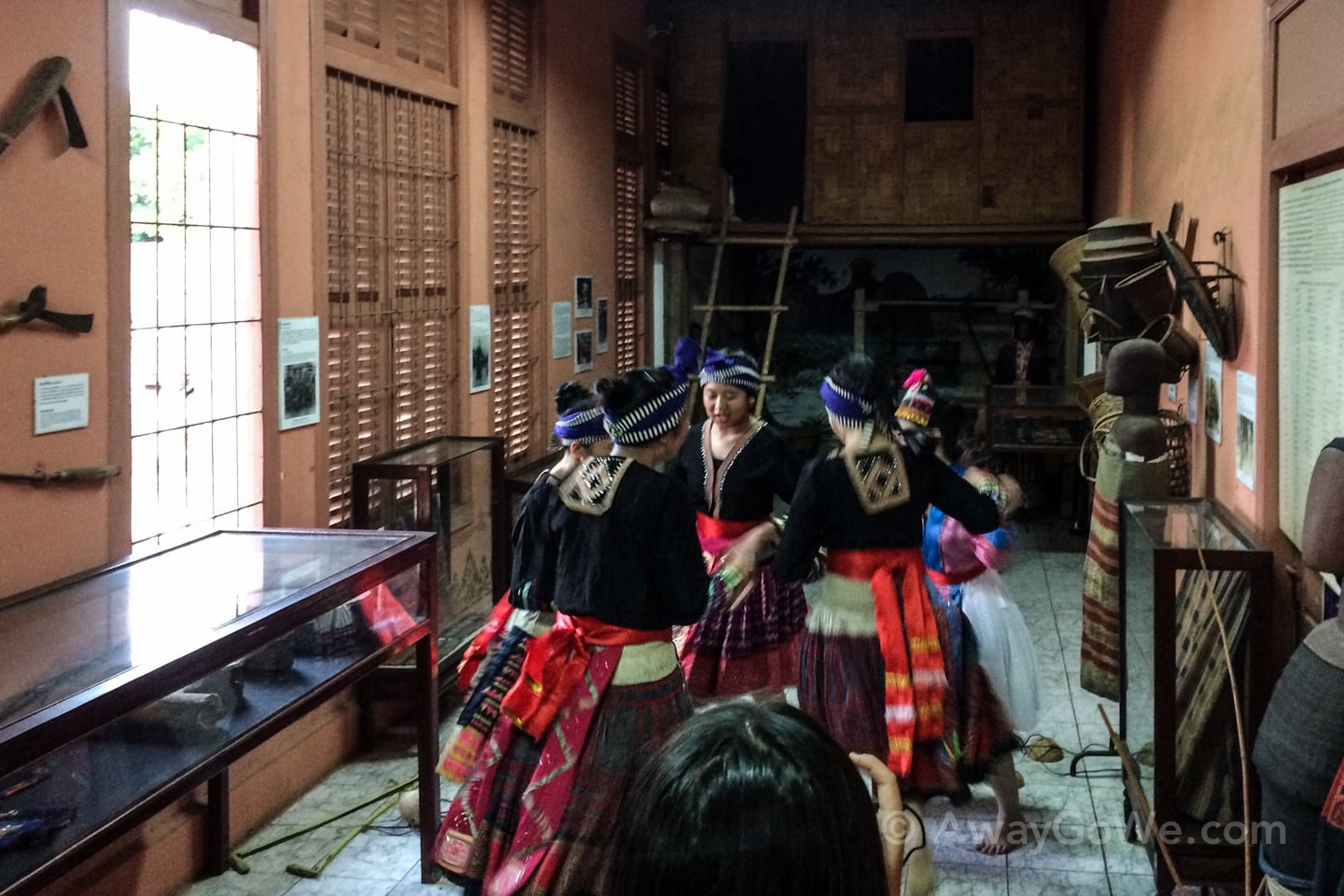
Next up, we have performers dressed in hill tribe/ ethnic minority dress (I’d like to say Hmong, but honestly, I can’t say for certain), dancing and participating in a jump-rope-type game utilizing moving poles that Lori and I remember having fun with in northern Vietnam.

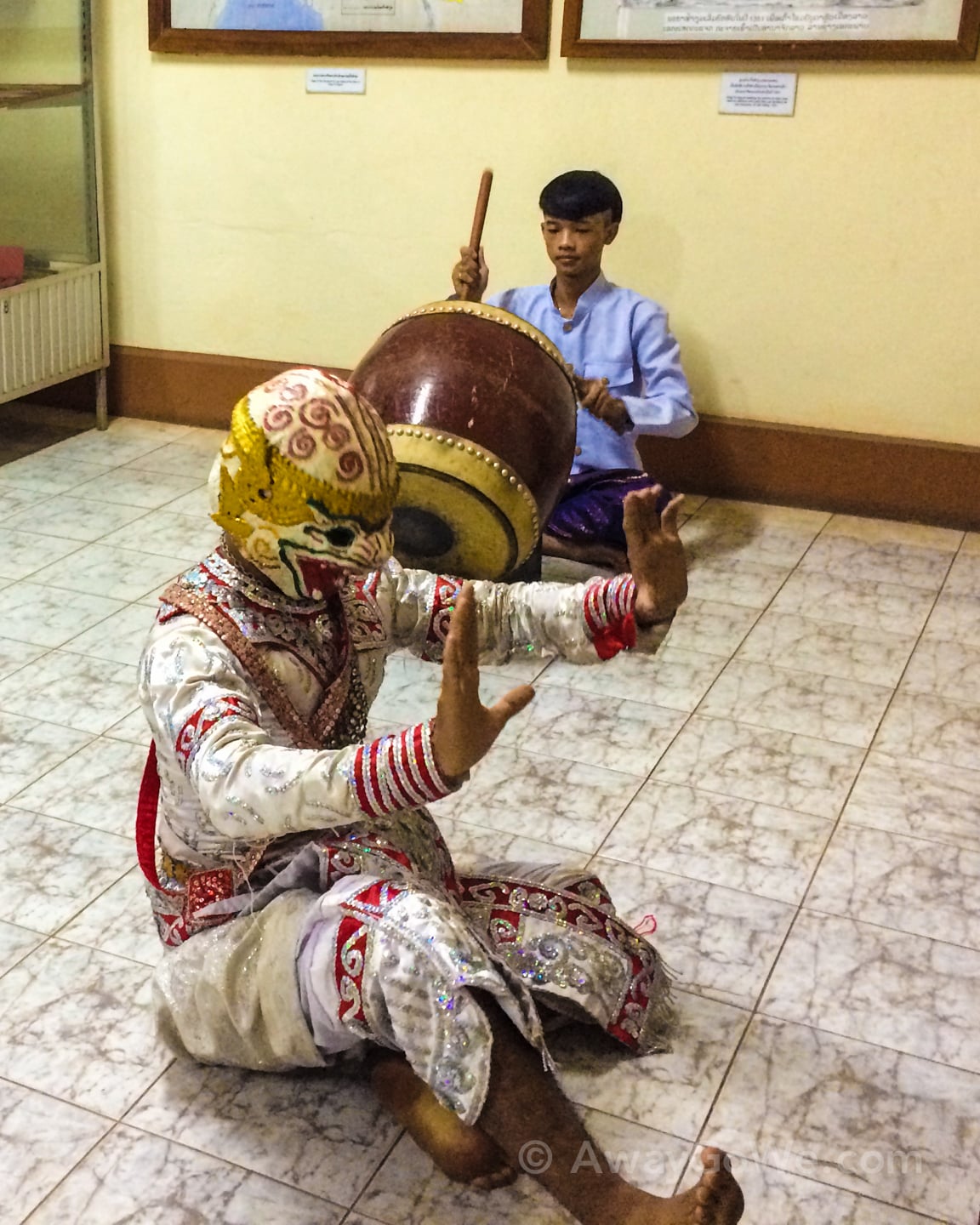
In the next room, two spiritual warriors performing an intricate fighting match as a Lao drummer accompanies the performance.
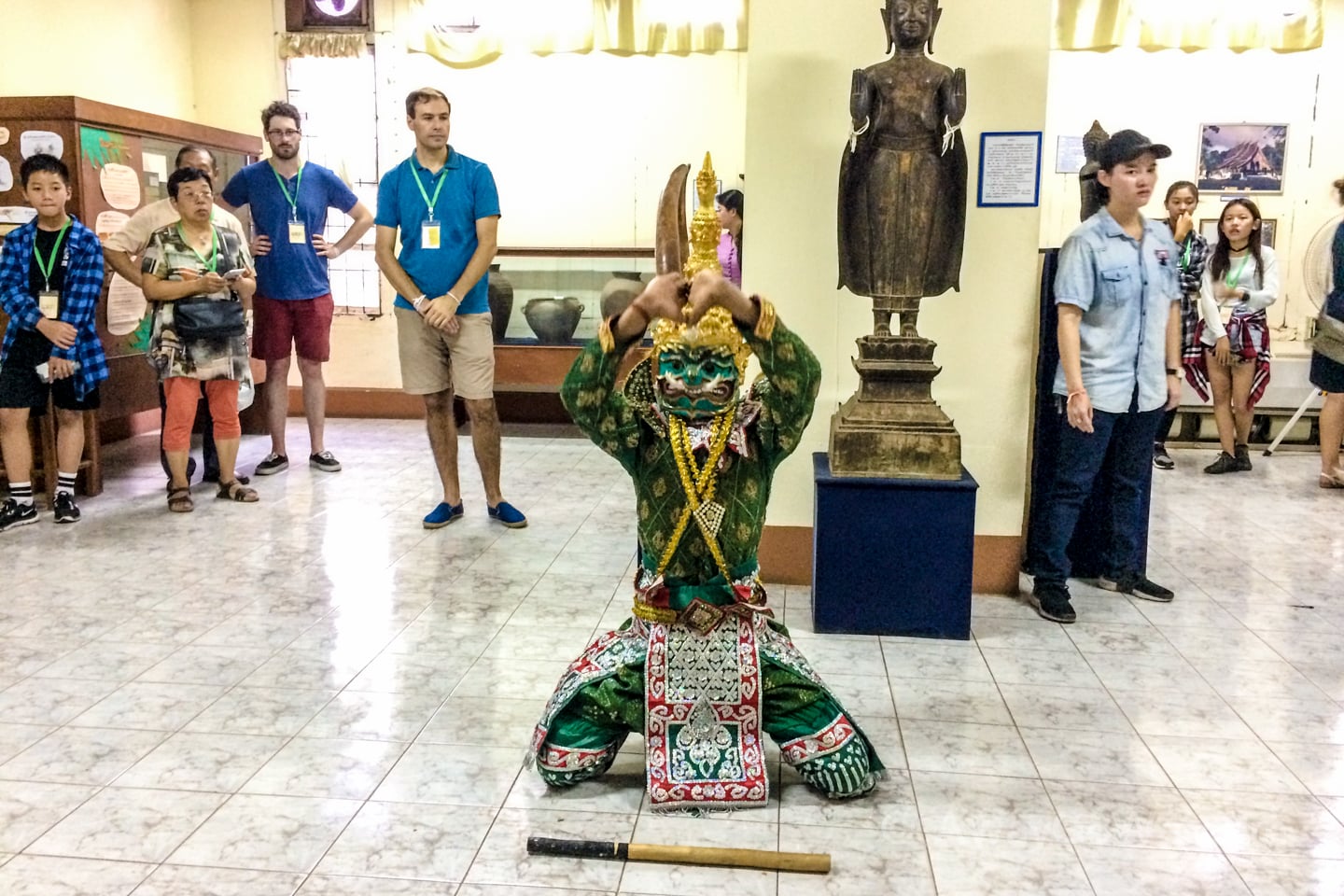
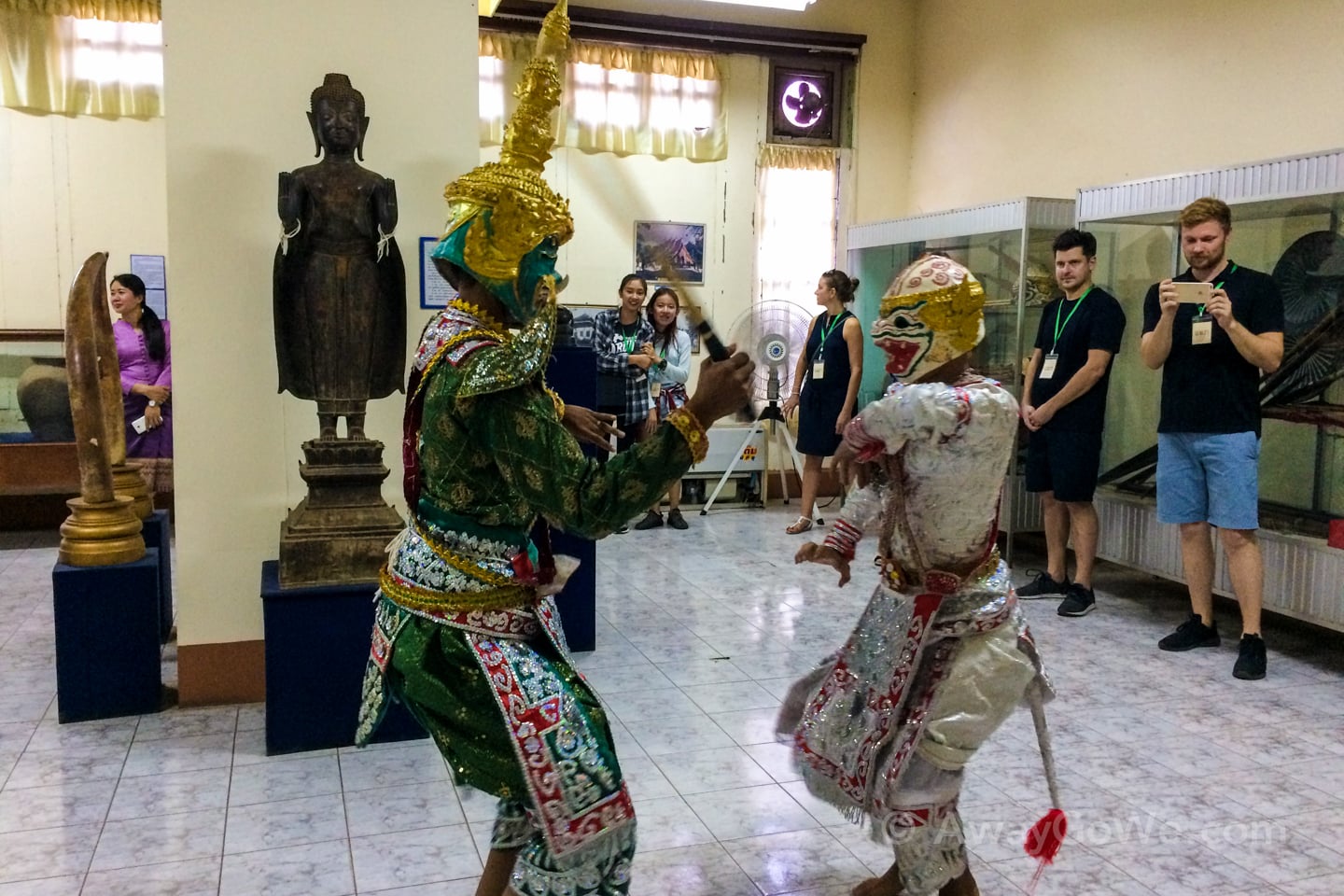
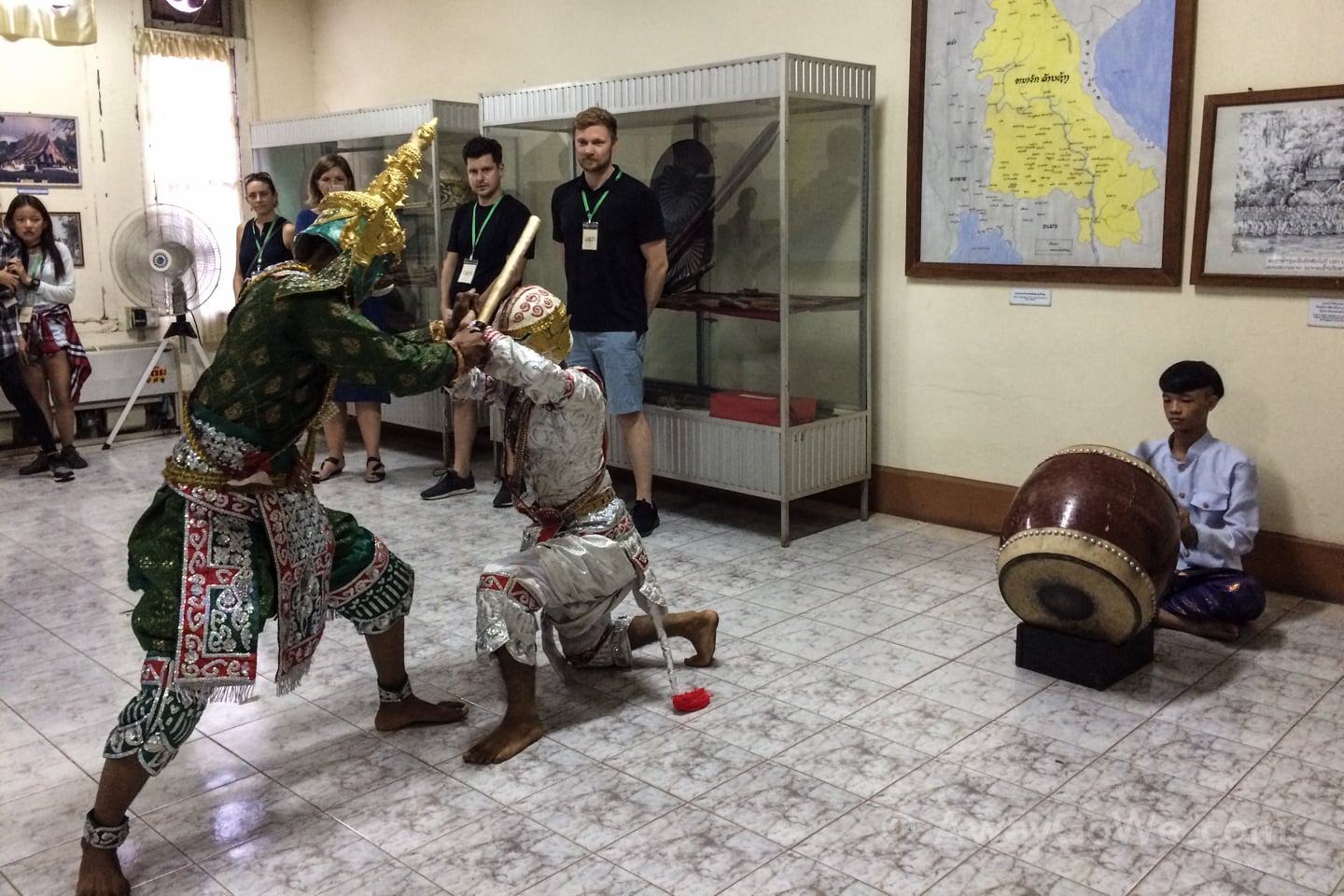
The performances in each room left a lot to interpretation, particularly for foreigners not intimately familiar with the Lao People’s version of Lao history. Some rooms offered context from English captions and titles. But even then, many rooms had multiple themes and didn’t appear to be directly connected with the performance — or not immediately apparent to people like us, at least.
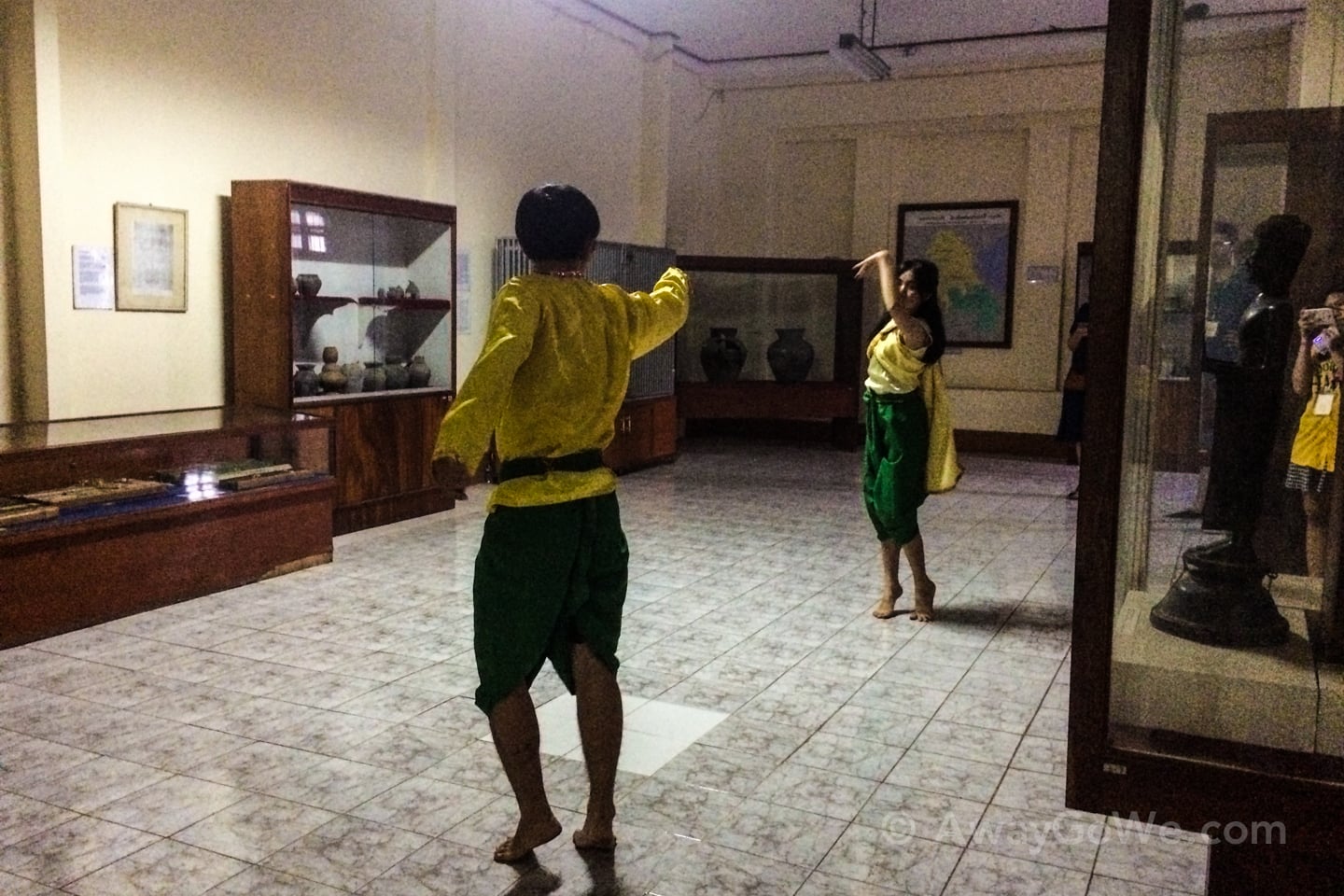
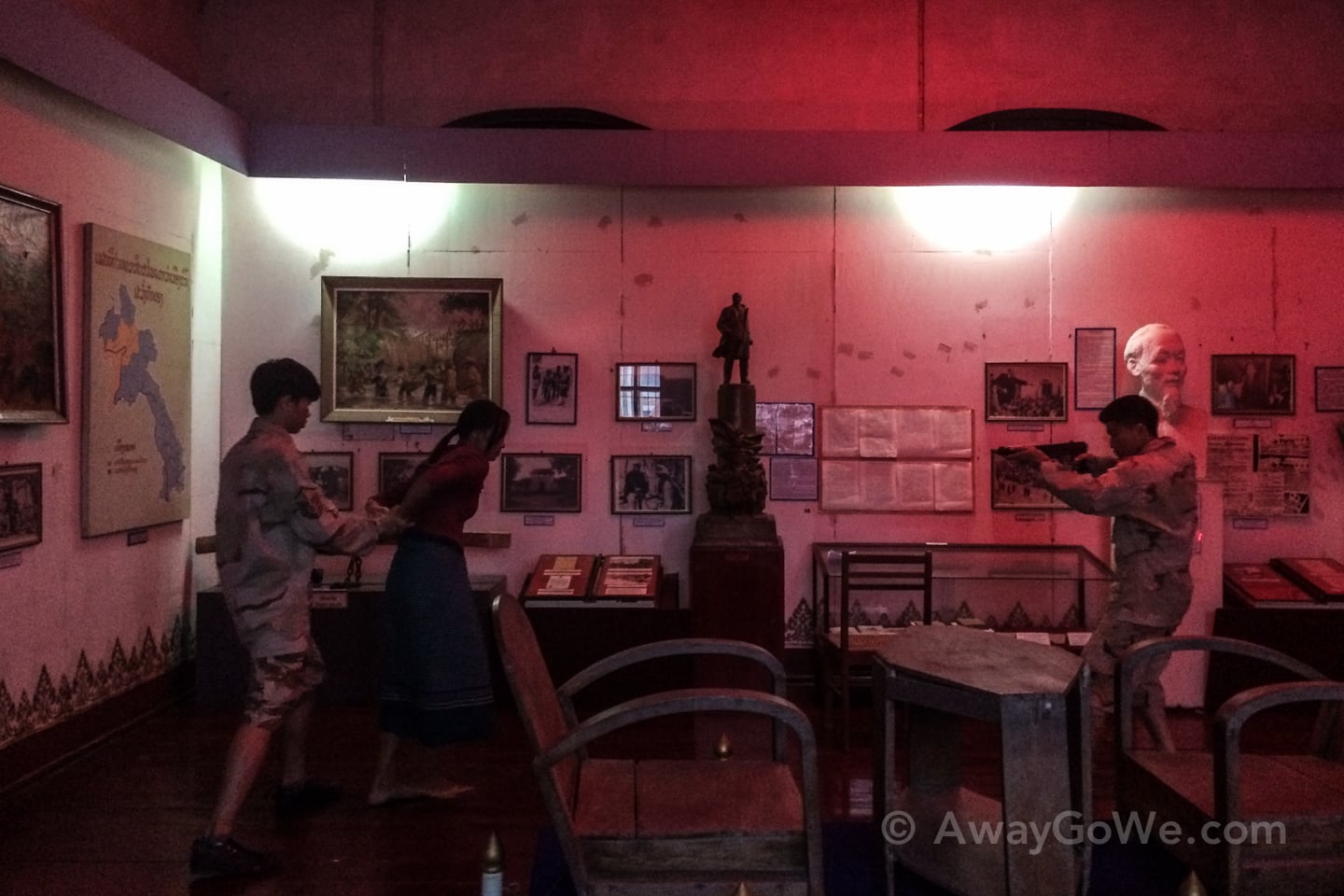
The museum was initially established as a tribute to the Communist Revolution by the Communist Pathet Lao who ousted the royal family in 1975. Consequently, it’s no surprise that more than half of the museum is devoted to the revolution or the Communist Party military and social achievements. And as such, many of the evening’s performances took place in those spaces.
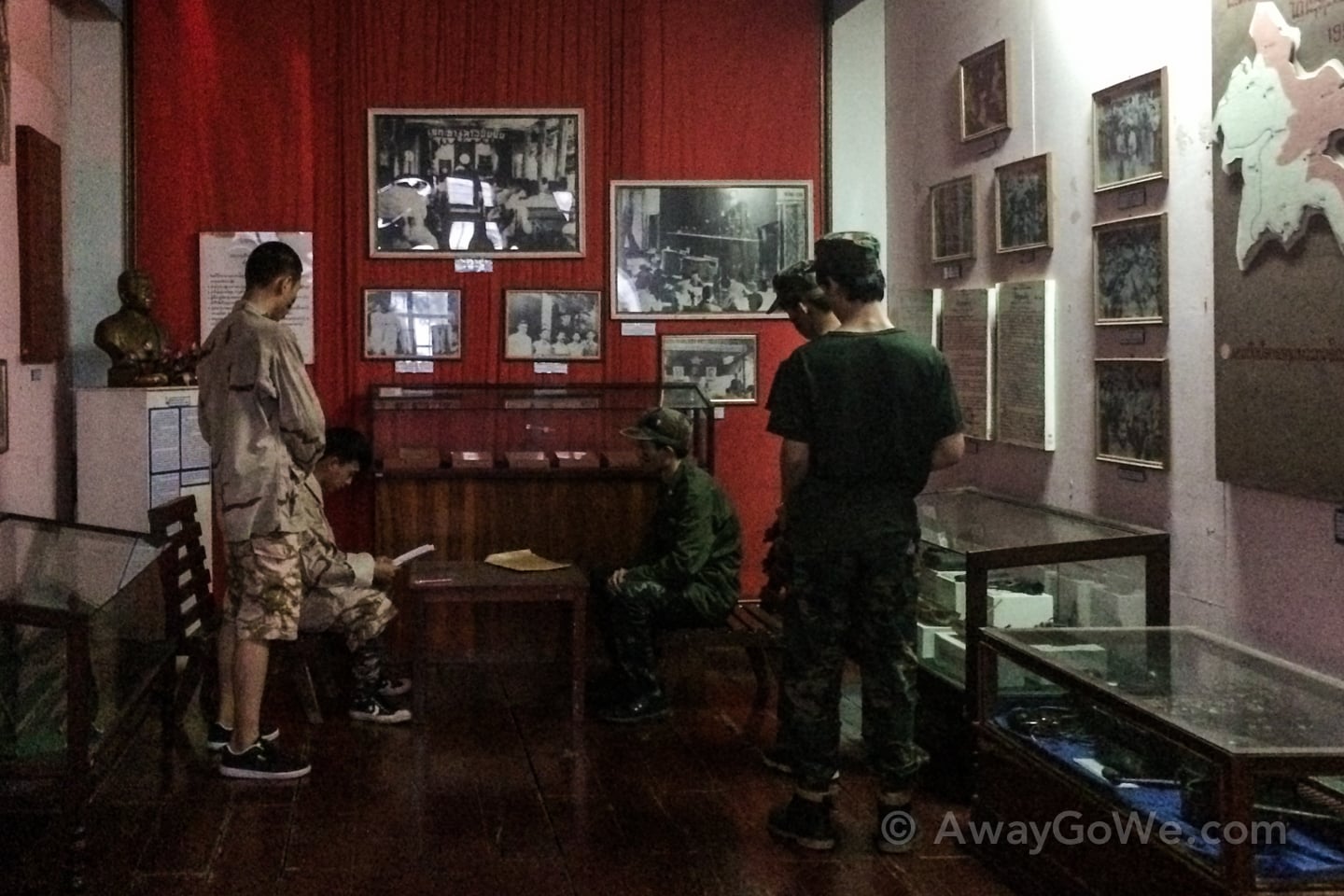
Laos experienced over two decades of fighting prior to 1975, first between the French and Lao forces, then against the U.S.-backed Royal Lao Army and Communist Pathet Lao insurgent forces. Earlier, from 1893 to 1953, France considered Laos part of their global empire, which undoubtedly had a significant impact on the country. It was a bit of a surprise then, that the aggressor in all of the scenes wore U.S. Desert Storm-era fatigues, even in what I interpreted to be the 1954 signing of the peace accord between France and Laos (above). In fact, the Royal Lao Army doesn’t seem to make an appearance at all.
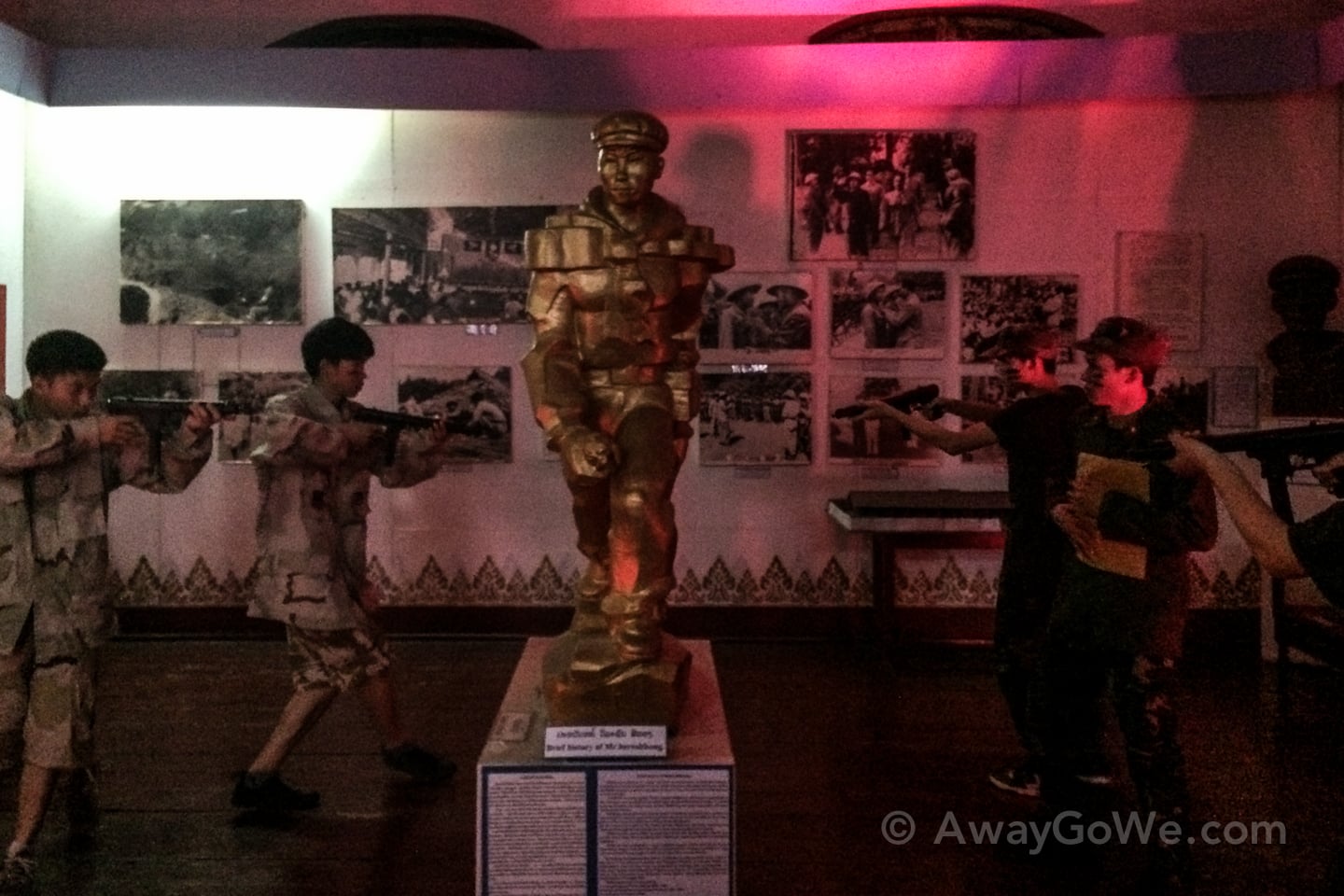
Nevertheless, this being part of an interpretive dance performance, I do understand the desire for simplification in order to communicate larger themes of suffering, injustice, oppression, victory, self-determination, rebirth and reconstruction — and can understand the historical ire directed to the U.S., specifically. Or maybe I’m reading too much into this and someone got a good deal at the online Army/Navy Surplus store.
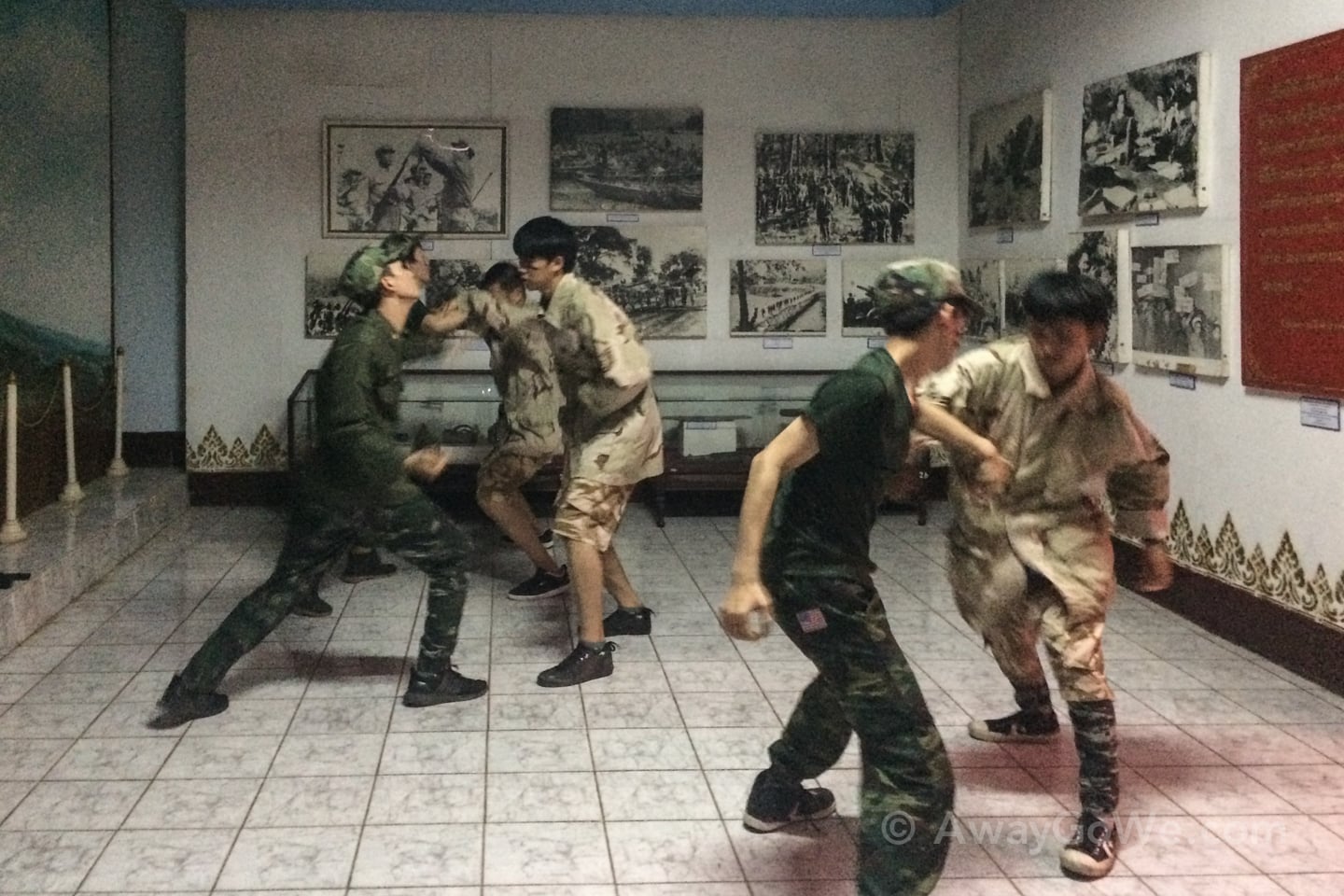
I guess that’s why they call it interpretive dance. Like history, there is no universal agreed-upon truth, only individual interpretation depending on what side of the curtain you happen to be on.
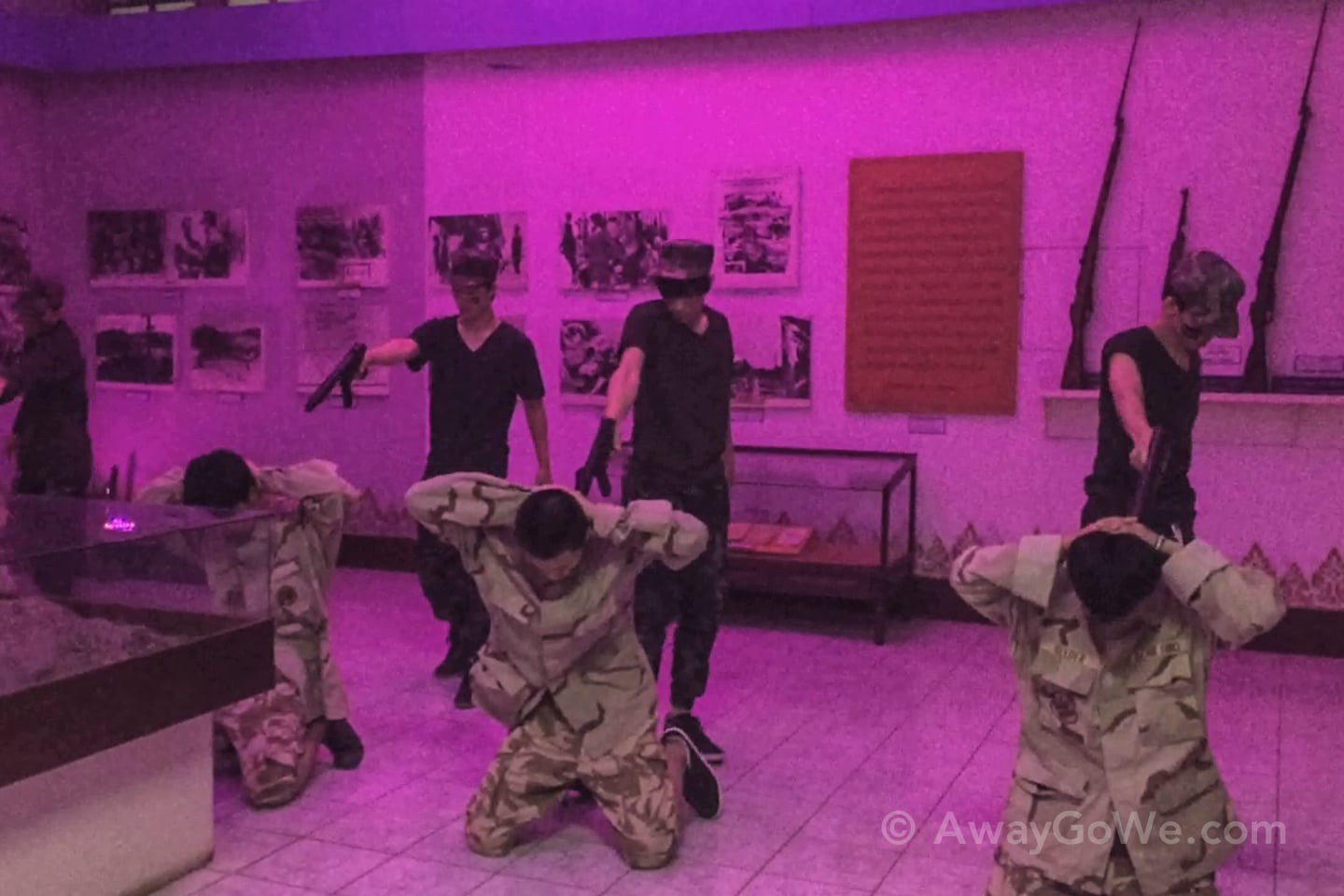
After three exhibit rooms and powerful performances dealing strictly with the war period, we emerge into a tranquil post-war Communist quasi-utopia, with young and smiling Lao women performing in front of a gaggle of young people sitting, smiling and enjoying a meal together to the beat of a Lao marimba. Soon, we are invited to join them as we slowly make our way around the room in a circle.
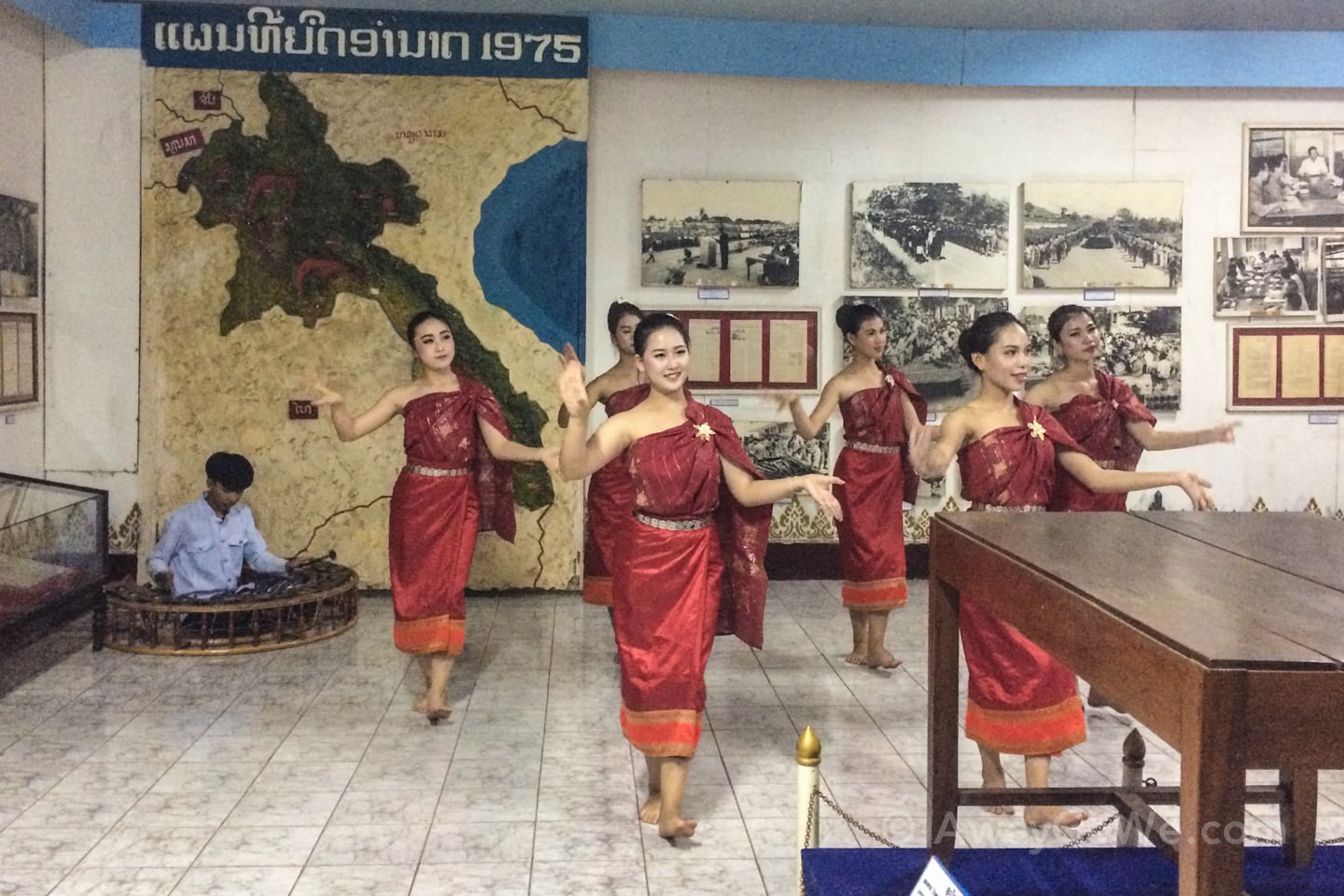
That was nice. Now, let’s make some money!
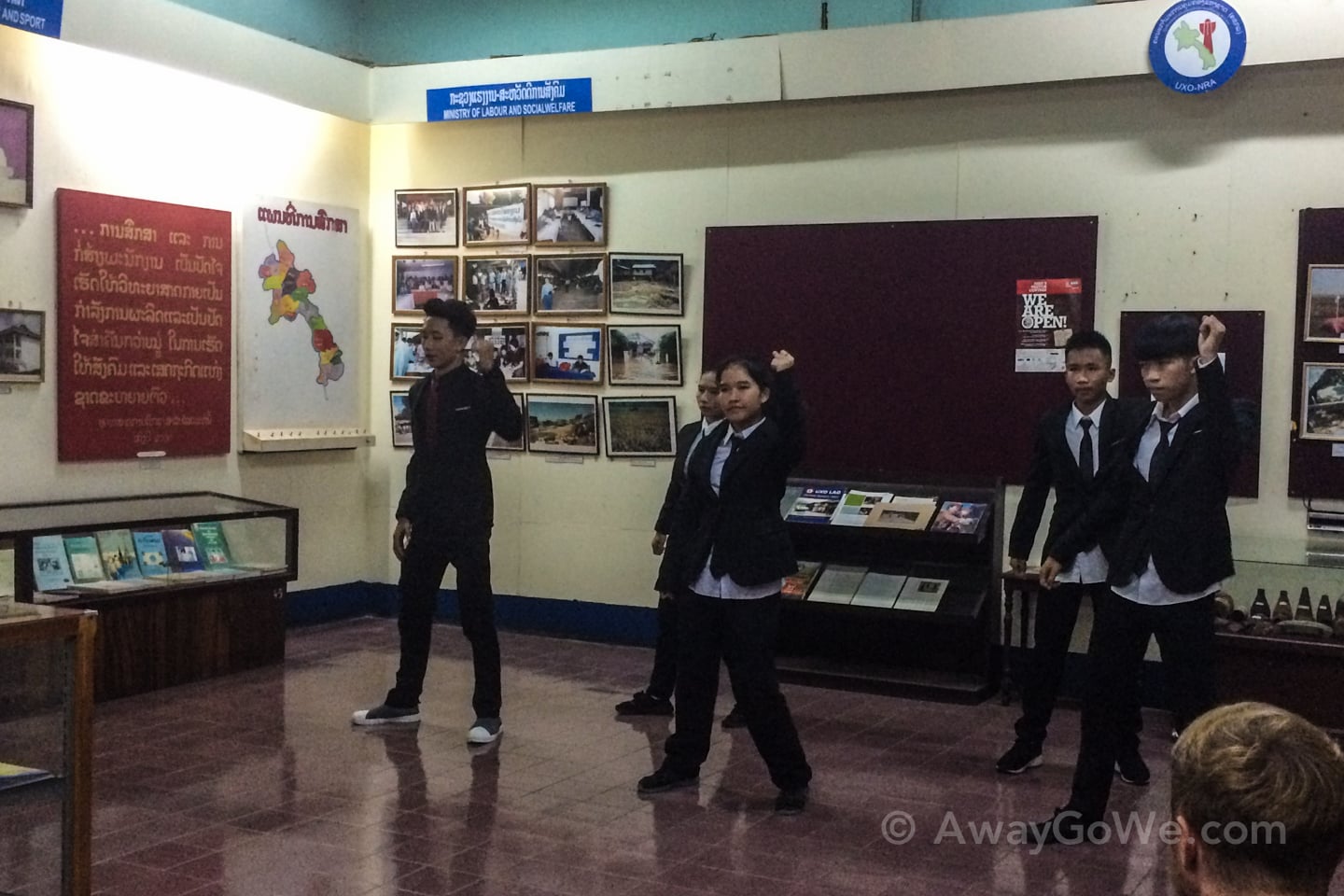
Now we’ve apparently arrived at the contemporary era, where a group of young men and women dressed in black suits dance to robotic music punctuated by the sound of a change machine (a la Pink Floyd’s ‘Money’), becoming more uptempo in the adjacent room. They are not smiling, per se, but there is a confidence not seen in other rooms. It’s hard to tell what exactly the choreographer intended to convey in this section. Perhaps, she herself was uncertain.
In the context of what we have just watched over the past hour, it’s clear that the liberalizing of the Lao economy and culture over the past 20 years has financially enriched the country and elevated its stature in the region and the world. But in their robot moves and stark attire, it is also clear that something, perhaps more significant, is being lost.
But again, maybe it’s all about your perspective:
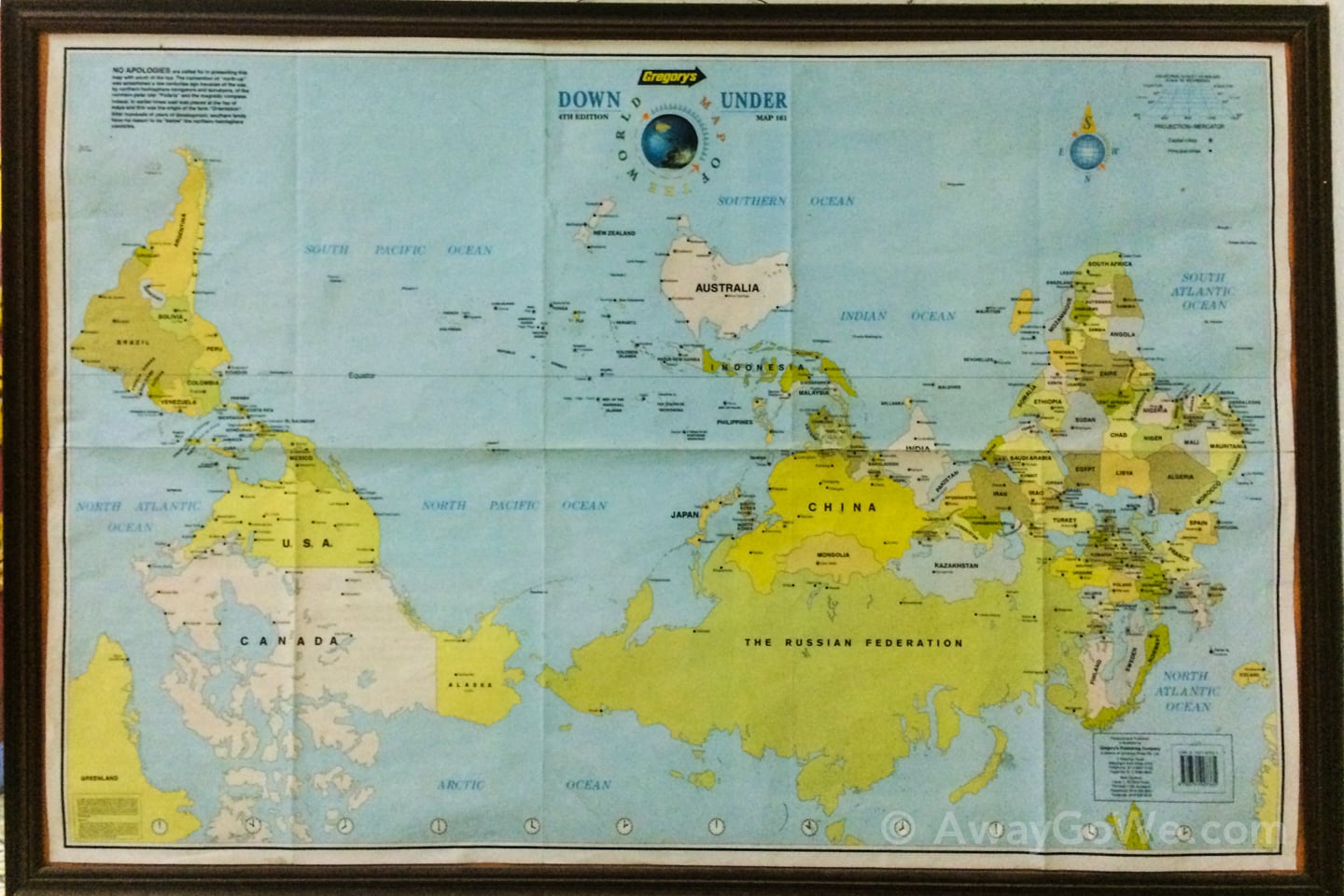
The exhibits in this building will soon move up the road several miles to a fancy new museum building. I’m sure it’s the pride of the nation right now, but it’s new location far from the city center seems like it will drastically diminish the number of foreign visitors who wish to learn about Lao history, which is a shame in my opinion.
As for this old building of the people? Well, rumor has it it will be converted into a 5-star luxury hotel. Seems fitting given the contemporary-era black suits performance.
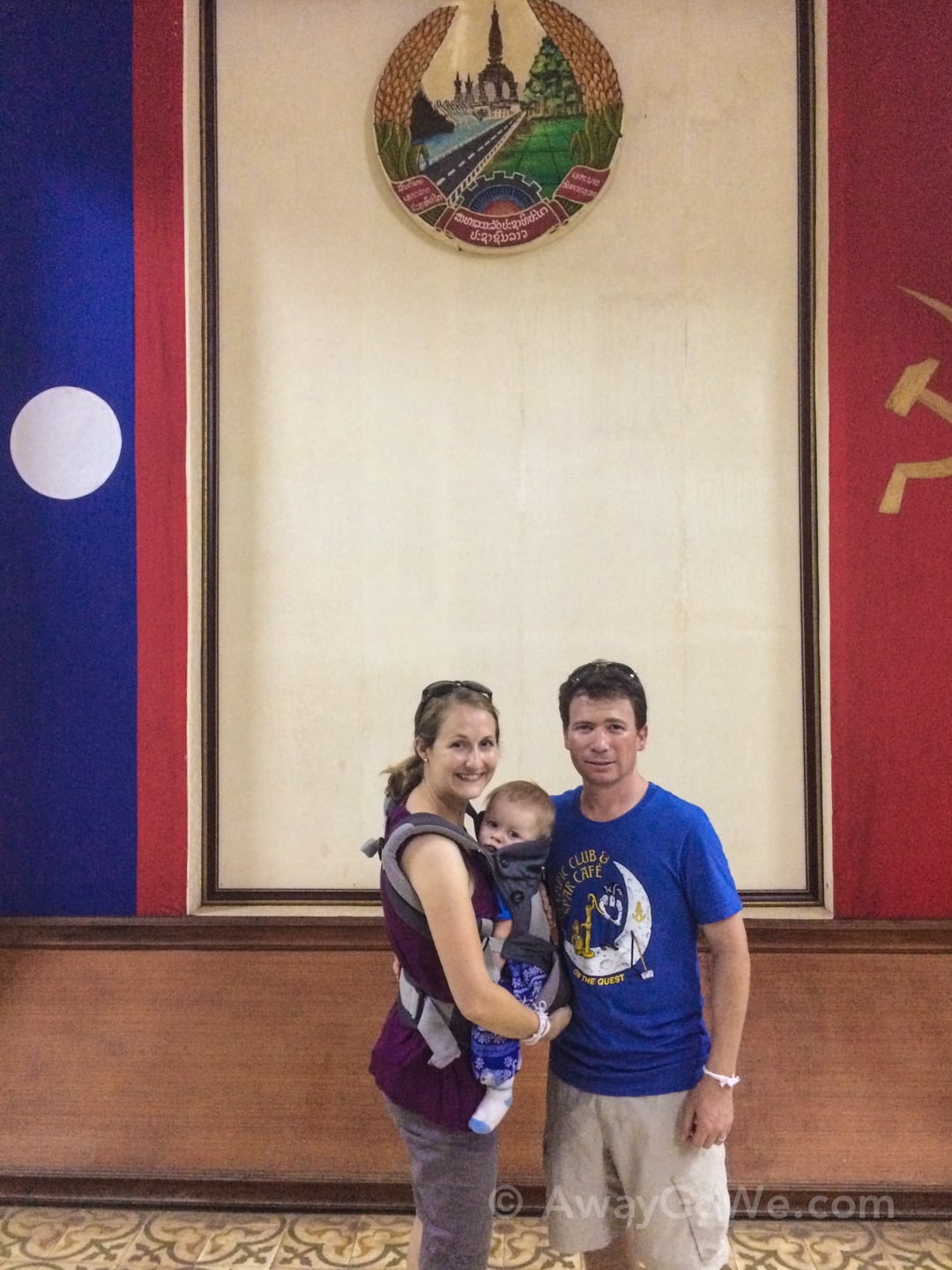
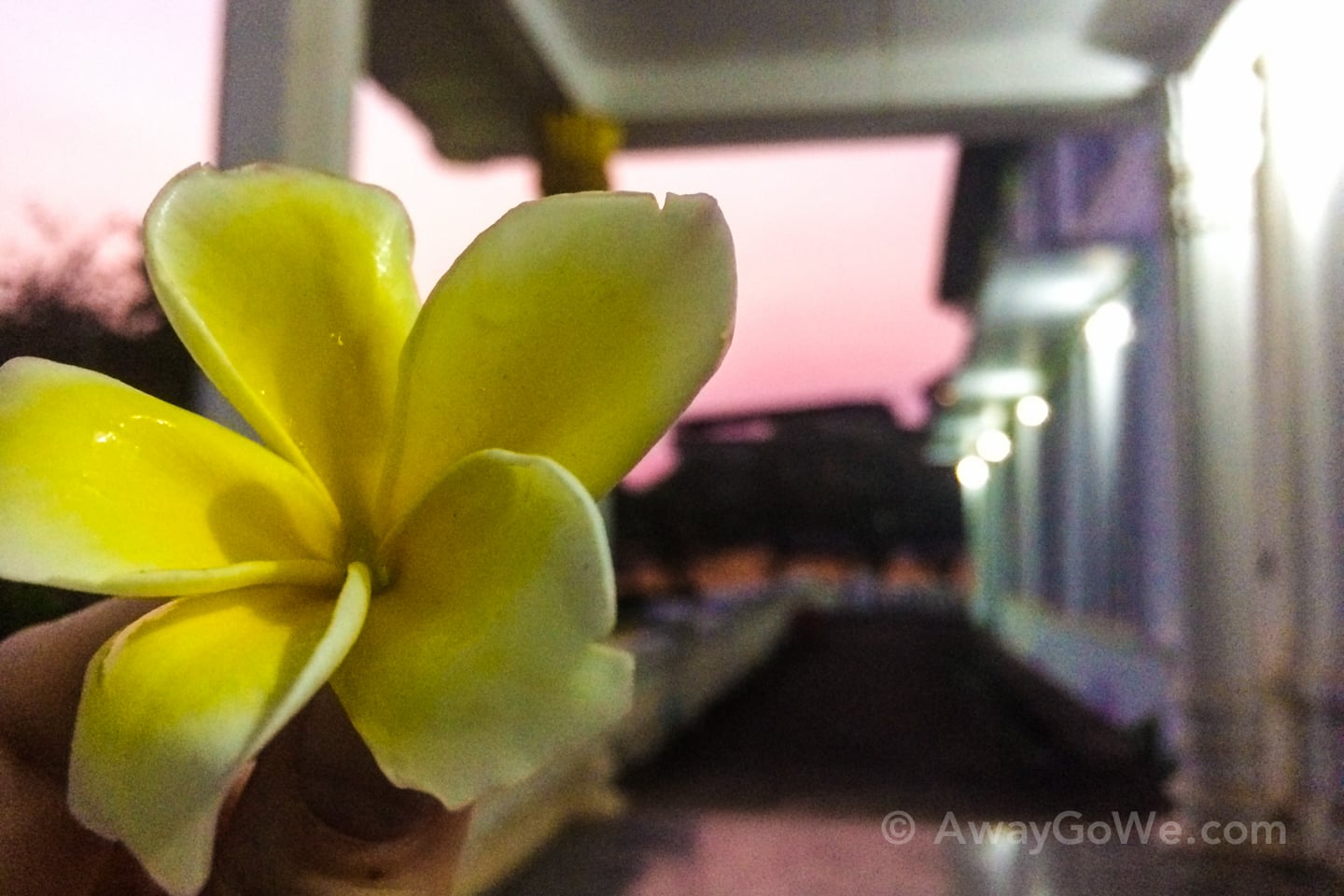
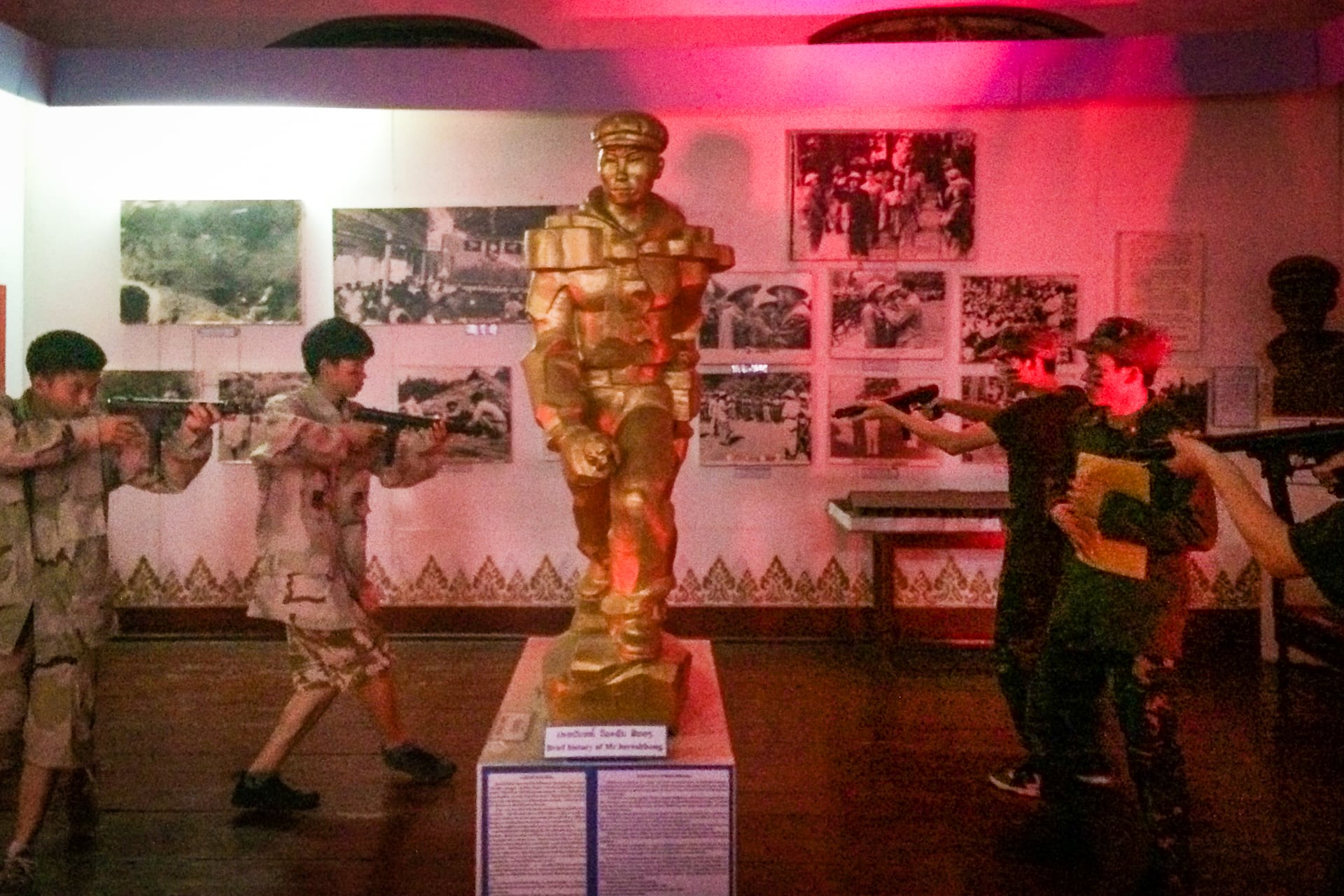
![Hello [Again], Vientiane! laos-vientiane-oct19-featured](https://www.hammockhoppers.com/wp-content/uploads/2019/10/laos-vientiane-oct19-featured.jpg)
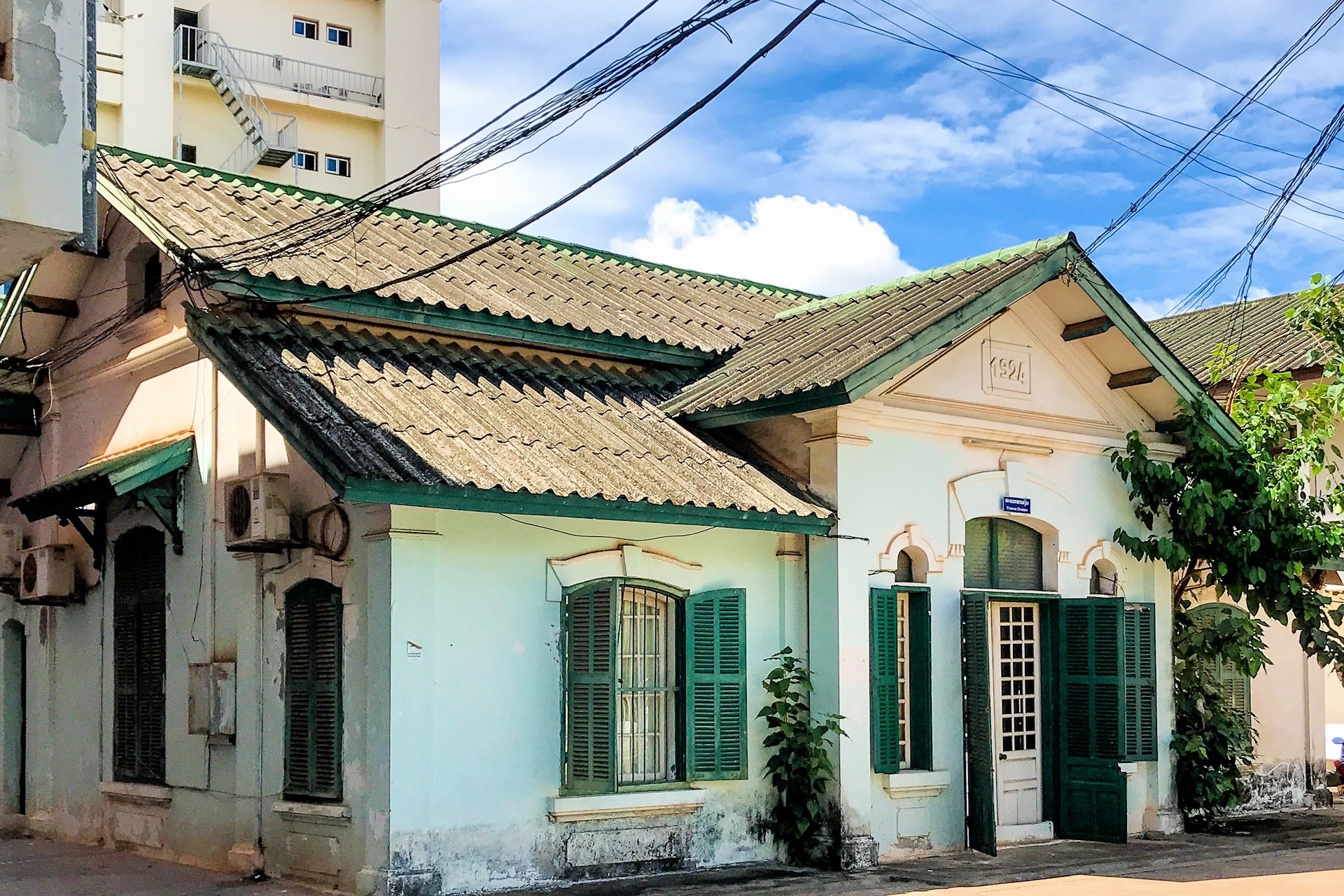
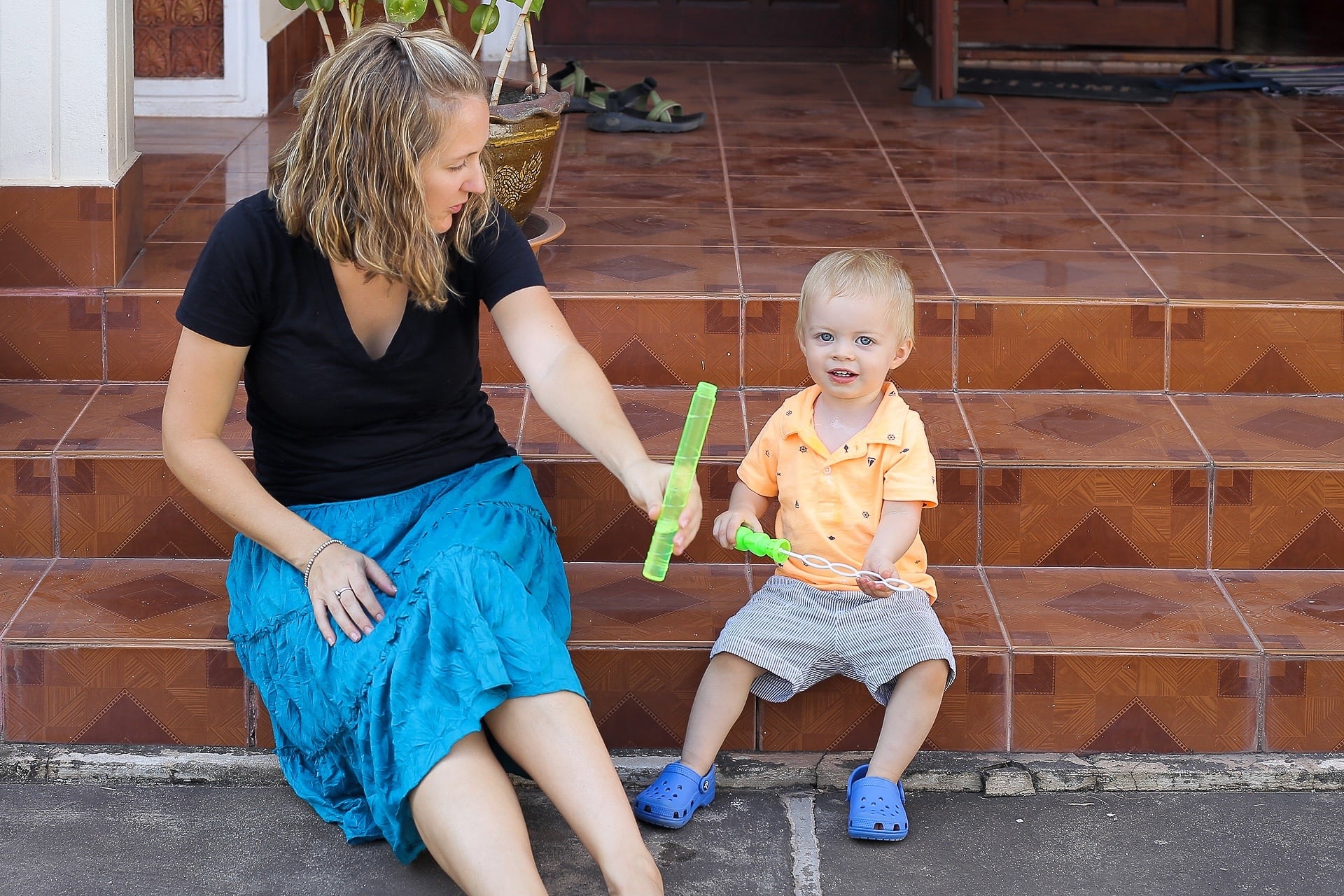
Did Lori just want to get up and dance? Great pictures and interpretations.
Haha, maybe if I hadn’t been wearing a baby and it wasn’t so hot! The ballerina dancers were my favorite!